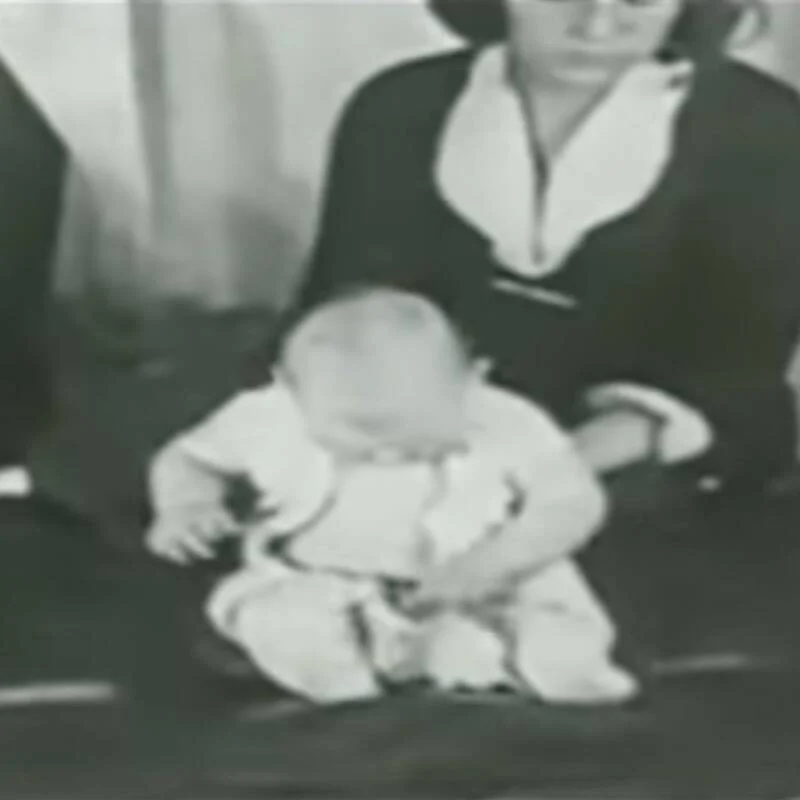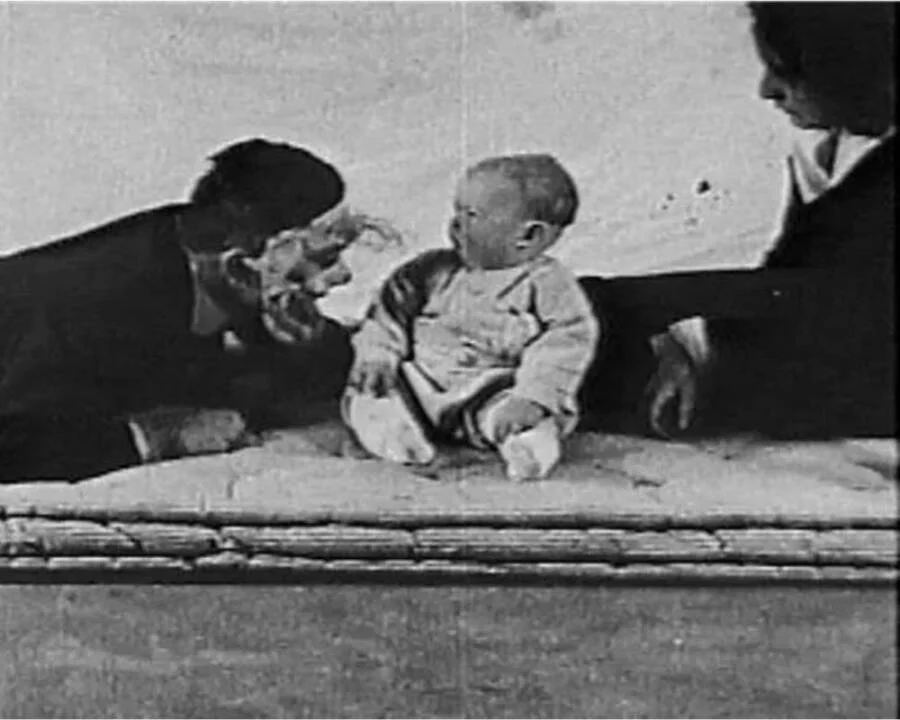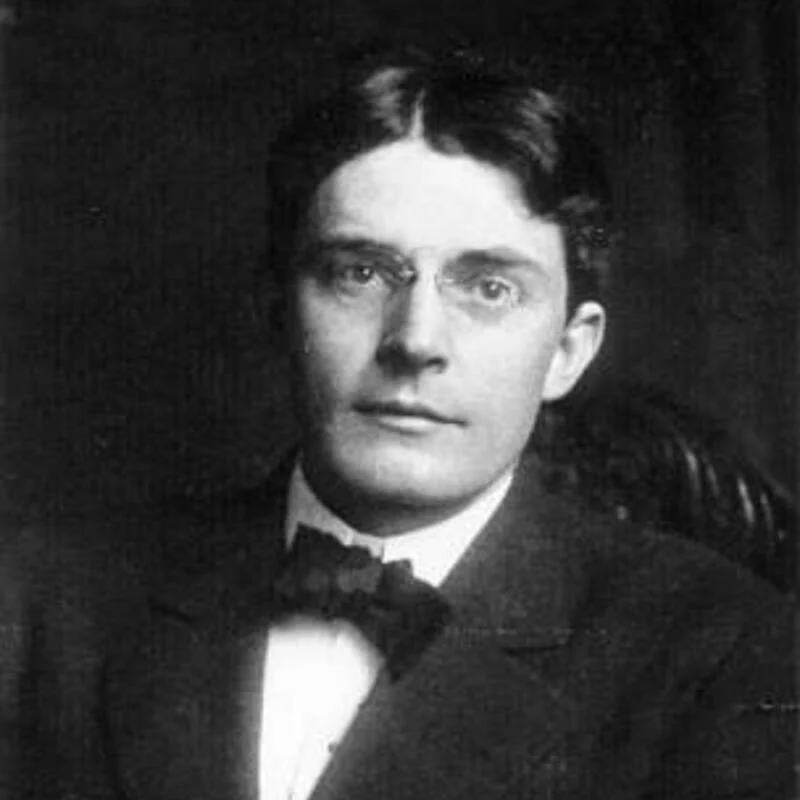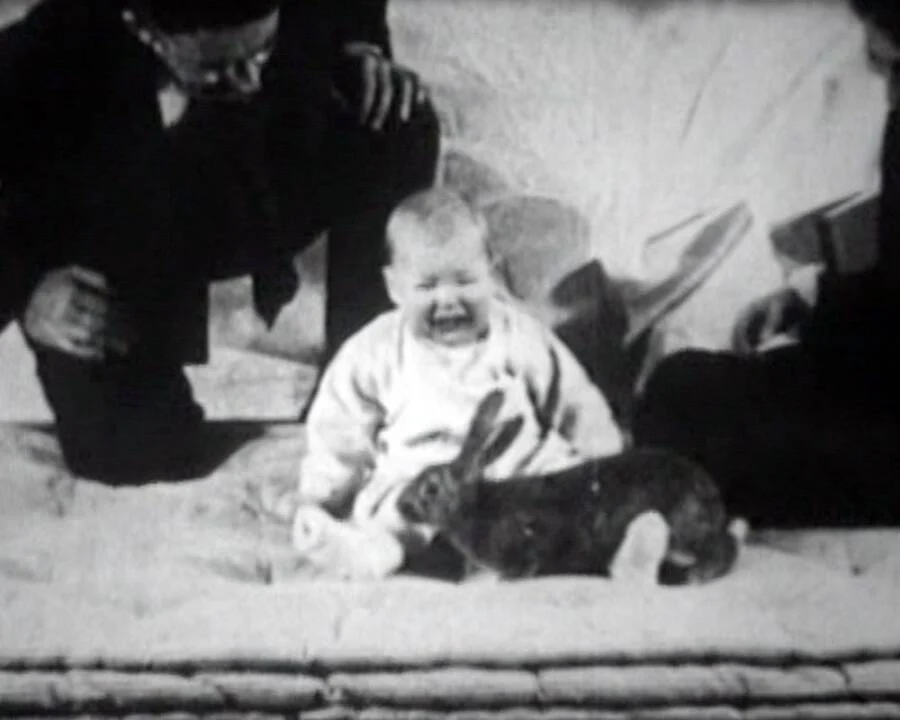In 1920, psychologists John Watson and Rosalie Rayner conducted what is now known as the Little Albert Experiment. Their aim was to demonstrate that classical conditioning, previously observed in animals by Ivan Pavlov, could also affect humans. They sought to condition an infant to exhibit fear responses towards innocuous stimuli, a practice now considered unethical by contemporary standards.
Two decades earlier, Ivan Pavlov had successfully conditioned dogs to salivate at the sound of a bell, even in the absence of food. Watson and Rayner sought to replicate this process with a human subject. However, their attempt took a troubling turn.
Working at Johns Hopkins University, Watson and Rayner managed to condition Little Albert to display fear towards harmless objects such as a white rat, a Santa Claus mask, and even his family pets. Yet, before they could attempt to reverse this conditioning, the boy's mother withdrew him from the study, leaving key aspects of their hypothesis untested.
Critics of the Little Albert Experiment highlighted numerous methodological flaws, casting doubt on its scientific validity. Today, it stands as a stark example of unethical research, potentially causing lasting trauma to an innocent child, all in the pursuit of scientific knowledge.
What Was The Little Albert Experiment?
Even those outside the realm of psychology are familiar with the concept of "classical conditioning," largely due to the renowned experiment conducted by Russian scientist Ivan Pavlov. Pavlov demonstrated that animals could be trained to respond to a neutral stimulus through conditioning.
According to Verywell Mind, Pavlov established a connection between a metronome and feeding time for his canine subjects. With repetition, the dogs began to link the sound of the metronome (originally neutral) with the arrival of food.
Over time, Pavlov observed that the dogs would salivate in anticipation of food solely upon hearing the ticking of the metronome, even when no food was present. This demonstrated that they had been conditioned to associate the metronome's sound with the arrival of food.
 The Little Albert Experiment: Two Psychologists' Disturbing Study On A Baby In The Name Of Science
The Little Albert Experiment: Two Psychologists' Disturbing Study On A Baby In The Name Of ScienceWatson and Rayner sought to replicate Pavlov's findings in humans, leading to the inception of the Little Albert Experiment. They introduced a nine-month-old boy dubbed "Albert" to soft animals like a monkey, a rabbit, and a white rat. Initially, Albert showed no aversion and even attempted to interact with them.
Subsequently, the psychologists paired the presentation of these animals with the striking of a hammer against a steel pipe, inducing a loud noise that startled the infant, eliciting cries.
In time, Albert became conditioned to associate the loud noise with the presence of the animals, resulting in fear-induced crying whenever he encountered them, even without the accompanying noise. This fear extended beyond the specific animals to include anything resembling them, such as a Santa Claus mask with a white beard, and even his family's pet dogs.
 The Little Albert Experiment: Two Psychologists' Disturbing Study On A Baby In The Name Of Science
The Little Albert Experiment: Two Psychologists' Disturbing Study On A Baby In The Name Of ScienceWatson and Rayner had plans to reverse the conditioning experienced by Little Albert, yet his mother withdrew him from the study before they could intervene. Consequently, there remains a possibility that the child endured a lasting fear of furry objects, prompting ethical concerns.
The Controversy Surrounding The Little Albert Experiment
Debates surrounding the ethics of the Little Albert Experiment extended beyond the methods of conditioning utilized by Watson and Rayner to include the study's overall conduct. Notably, the experiment relied solely on a single subject.
Moreover, as noted by Simply Psychology, inducing a fear response constitutes psychological harm that is prohibited in contemporary psychological research. Despite being conducted prior to the implementation of modern ethical standards, criticism regarding the execution of the experiment was evident even during its time.
 The Little Albert Experiment: Two Psychologists' Disturbing Study On A Baby In The Name Of Science
The Little Albert Experiment: Two Psychologists' Disturbing Study On A Baby In The Name Of ScienceAnother issue arose from the failure of the scientists to deprogram the child post-experiment. Initially, there were intentions to undo the conditioning experienced by Little Albert, eliminating the irrational fear instilled in him. However, his withdrawal from the study by his mother thwarted these plans, leaving Watson and Rayner unable to carry them out.
Consequently, the fear potentially became deeply ingrained in the child's psyche — a fear that had not existed previously. This led both the American Psychological Association and the British Psychological Society to ultimately classify the experiment as unethical.
The Unknown Fate Of Little Albert
In response to the criticism, Watson attempted to justify his actions by suggesting that Little Albert would have encountered similar frightening stimuli later in life anyway. According to GoodTherapy, he stated, "At first, there was considerable hesitation upon our part in making the attempt to set up fear reactions experimentally."
Watson continued, "We decided finally to make the attempt, comforting ourselves… that such attachments would arise anyway as soon as the child left the sheltered environment of the nursery for the rough and tumble of the home."
For decades, the true fate of Albert remained shrouded in mystery, and experts have yet to definitively determine his actual identity.
 The Little Albert Experiment: Two Psychologists' Disturbing Study On A Baby In The Name Of Science
The Little Albert Experiment: Two Psychologists' Disturbing Study On A Baby In The Name Of ScienceAccording to a study documented by the American Psychological Association, it was proposed that Little Albert might have been a pseudonym for Douglas Merritte, the son of a nurse named Arvilla Merritte who worked at Johns Hopkins. Allegedly, Arvilla was compensated one dollar for her son's participation in the experiment.
Tragically, young Douglas passed away at the age of six due to complications arising from hydrocephalus. If Douglas was indeed the real Little Albert, his medical condition adds another dimension of concern to the experiment. Given his condition, his responses to the stimuli may have differed from those of a typical infant.
Alternatively, other research suggests that the genuine Little Albert could have been a boy named William Albert Barger. As reported by New Scientist, Barger lived a long and content life, passing away in 2007. However, his family members recall that he harbored a dislike for animals, to the extent that they had to keep the family dogs away when he visited.
The Little Albert Experiment serves as a stark reminder to scientists: while making discoveries to enhance our understanding of the human condition is crucial, it's imperative to recognize that test subjects are individuals who may bear the lasting impacts of experiments throughout their lives.



















